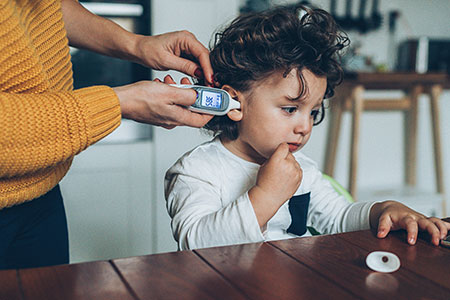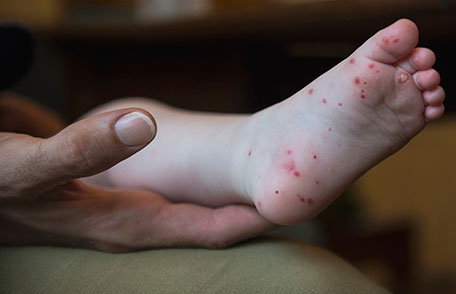"Congress is considering the relationship of Confederate symbols to federal lands and programs. A
number of federal agencies administer assets or fund activities in which references to the Civil
War Confederacy, Confederate flags and artifacts, and commemorations of Confederate soldiers
are present. In particular, the National Park Service (NPS), Department of Veterans Affairs (VA),
and Department of Defense (DOD) manage multiple sites or programs involving Confederate
symbols.
NPS manages over 100 units of the National Park System with resources related to Civil War
history. Some of these units contain works commemorating Confederate soldiers or actions. NPS
also administers national cemeteries that display the Confederate flag at certain times. Further, the
agency is connected with some state and local Confederate memorials through its historic
preservation assistance to nonfederal sites. NPS manages its Confederate-related assets in the
context of its statutory mission to preserve historic and cultural resources unimpaired for future
generations. NPS engages in interpretation and education about these symbols.
Through its National Cemetery Administration, VA administers 143 national cemeteries, many of
which contain the remains of Confederate soldiers. VA also provides grants to assist with the
establishment of state veterans’ cemeteries. Confederate graves in VA cemeteries may have a
special headstone that includes the Southern Cross of Honor and may display the Confederate
flag at certain times. In addition, 34 monuments and memorials located in national cemeteries
explicitly honor Confederate soldiers or officials. VA manages these memorials and monuments
in the context of its mandate to maintain national cemeteries as “national shrines.”
Within DOD, the Army administers 10 major installations named after Confederate military
leaders. The Army also has jurisdiction over Arlington National Cemetery, which contains
Section 16 for Confederate graves and a monument to Confederate dead. More broadly, the
military services have considered Confederate symbols in the context of policies on flag displays
and policies for good order and discipline within units..."
Confederate Symbols
This report presents the baseline economic forecast that CBO is using as the basis for updating its budget projections for 2020 to 2030. The agency currently plans to release those budget projections later this summer.
Economic outlook




